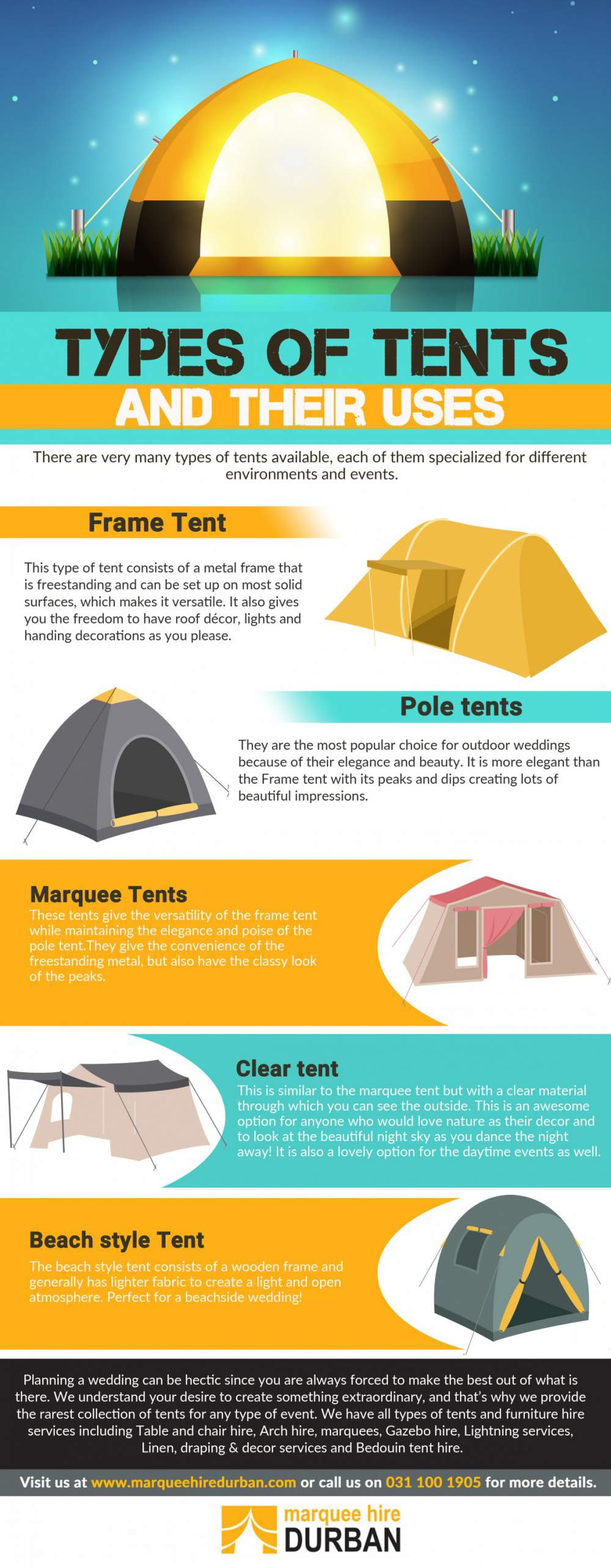Generally included with tents, individual lines boost sanctuary sturdiness by sustaining the structure in negative weather. They promote ventilation by maintaining a critical splitting up in between the camping tent body and rain fly, and they decrease fabric drooping that can cause structural instability or pain.
Ideal guy line product has adjustability for fine-tuning the stress and keeping it taut, and holds flexible knots like the tight line hitch well.
1. Polyester
Polyester has long been a favourite fabric fibre for its durability. Created by the DuPont Firm throughout World War II, it rapidly became prominent as a substitute for natural textiles like cotton because of its premium stamina and wear-resistance. Polyester is additionally malleable, suggesting it can be built and shaped as needed to fit the demands of the item. Its low-maintenance nature and crease-resistant residential properties make it easy to take care of.
There are a number of sorts of polyester available on the marketplace, including animal polyester (polyethylene terephthalate) and PCDT polyester (poly-1, 4-cyclohexylene-dimethylene terephthalate). The last is less typical but is much more elastic than its pet dog counterpart, making it optimal for sturdy applications like drapes or upholstery. Another choice is plant-based polyester, which makes use of biodegradable components and has a lower ecological influence than PET polyester. Nonetheless, plant-based polyester is more costly to produce and is much less resilient than its family pet and PCDT textile matchings. In spite of these downsides, polyester continues to be a preferred and functional material for many items.
2. Nylon
Nylon is a preferred design material with an excellent set of benefits. Its strength and longevity make it a dependable option for man lines, while its flexibility enables customized applications.
Nylon resists abrasion and rubbing with contact surfaces, making it optimal for applications that need constant use or high lots. It is additionally immune to rot and mold, which extends its life expectancy in outside settings. Furthermore, its flexibility reduces anxiety on hardware and tools.
Nylon can be formed into different supply shapes, consisting of rods, tubes, and sheets, that makes it an excellent choice for production. Its ease of production adds to its cost-efficiency, permitting it to compete with more expensive natural materials. It dries out quickly and can be colored to accomplish preferred looks, additionally boosting its attract makers. Its low moisture absorption also prevents mold and mildew and fungis from expanding externally. This lowers upkeep time and expenses for devices that uses nylon line.
3. Polypropylene
Polypropylene is one of one of the most utilized plastics on the market today. It is produced via a procedure called polymerization that utilizes titanium-based stimulants, co-catalysts and hydrogen to control the molecular weight. The end result is a semi-crystalline product with a low melting point and outstanding chemical and stress resistance residential or commercial properties.
This material is commonly customized to improve quality, fire retardancy or radiation resistance. It can also be compounded with various other materials to create a selection of products. For example, the PSA Peugeot made use of a polyester-based compound made with 30% chopped abaca fiber canvas tarp to make door panels and upper and reduced trim elements for its cars.
Along with its remarkable fatigue and stress and anxiety resistance, polypropylene uses outstanding chemical resistance, specifically to diluted acids. These advantages, combined with its biological-resistant homes, imply that it is ideal for developing medical tools like Petri meals and sampling containers. It can also be utilized to make medical devices.
4. Cordura
This hard material is made from high-tenacity woven nylon or polyester INVISTA(tm) threads and is solid and immune. Two times as long lasting as nylon and 3 times stronger than cotton canvas, cordura is a great selection for equipment that obtains harsh use.
Its high longevity decreases wear and tear, expanding the life of products like knapsacks, workwear, and gear, cutting down on expenses for substitute. Its versatility and toughness likewise make it ideal for armed forces gear, outside garments, satchels, and travel luggage.
A common material for published clothing, knapsacks, and luggage, it can be personalized with a wide range of covering and shade alternatives to suit your service's brand. You can likewise locate responsible choices made from recycled products like Cordura re/cor(tm) RN6, an environmentally friendly variation that makes use of post-industrial waste. It's a sustainable choice that fulfills the same high-performance requirements as standard Cordura fabrics.
